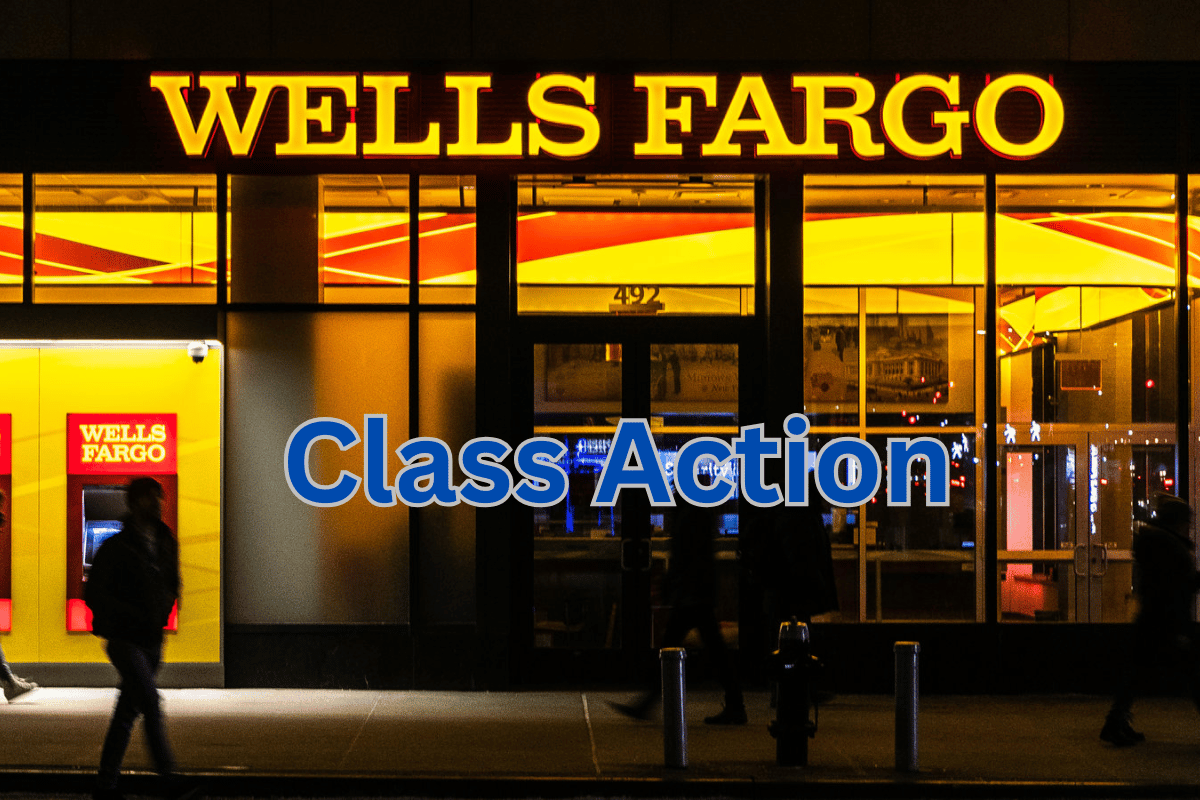Wells Fargo has once again found itself under scrutiny, this time for its long-running practice of opening unauthorized customer accounts. In response to growing public pressure and legal action, the banking giant has agreed to a massive $1 billion settlement intended to compensate customers and shareholders impacted by these deceptive practices. For those affected, this could be an opportunity to recover financial losses—if they act within the provided deadlines.
Wells Fargo Bank Settlement 2025
The controversy that triggered the lawsuit involves bank employees opening millions of accounts in customers’ names—without their knowledge or permission. These included checking and savings accounts, credit cards, and other financial products. This practice reportedly began as early as 2002 and continued until at least 2017.
Under intense pressure to meet unrealistic sales targets, Wells Fargo employees allegedly used customer data to open additional accounts to meet quotas and earn performance-based bonuses. While it boosted the bank’s reported numbers, it left customers dealing with the fallout—unwanted fees, damaged credit scores, and unauthorized activity on their accounts.
Check Payment Dates
Check New Payment Amount
Check Payment Increase News
Check New Eligibility Criteria

As complaints mounted and investigations intensified, the public learned that this was not the result of a few bad apples, but rather a systemic issue tied to internal policies and incentives.
The Settlement Agreement
After years of legal battles, the bank has agreed to pay $1 billion in settlement funds to address claims brought by customers and shareholders. The agreement marks one of the largest financial settlements involving a major U.S. bank and covers a broad range of individuals and entities harmed by the misconduct.
Rather than fight the allegations further, the bank opted to settle, avoiding prolonged litigation and seeking to restore some degree of public trust.
Who Is Eligible?
Eligibility for this settlement is fairly broad and covers two primary groups:
-
Bank Customers: Anyone who had unauthorized accounts opened in their name between May 1, 2002, and April 20, 2017, may be eligible. This includes customers who experienced fees, interest charges, credit impacts, or identity-related consequences due to unauthorized account creation.
-
Investors and Shareholders: Those who bought Wells Fargo stock during the same period and suffered financial losses when the scandal surfaced and stock value declined are also part of the class action.
Whether you were affected as a banking customer or as an investor, you’re entitled to compensation if you qualify and file a valid claim.
How to File a Claim
To receive compensation, affected individuals must submit a claim form by the specified deadline. Here’s what that process looks like:
-
Complete the online or mailed claim form with accurate personal and account details.
-
Provide supporting documentation, such as account statements or evidence of unauthorized transactions.
-
For investors, documentation related to stock purchases and losses will be necessary.
-
Double-check all information and submit the form before the deadline.
If you’ve moved or changed your contact information, it’s also important to keep your details up to date to ensure smooth payment delivery.
What to Expect in Terms of Payment
While no exact payout date has been confirmed, most class-action settlements take several months after the final approval to distribute funds. It’s estimated that payments will be sent out by the end of 2025, although the timeline may vary depending on appeals or administrative delays.
Payments will likely be sent via direct deposit or mailed check. The actual amount each individual receives will depend on how many valid claims are submitted and the extent of each claimant’s financial loss.
Why This Matters
This settlement is more than just a billion-dollar payout—it’s a wake-up call for the banking industry. The misconduct at Wells Fargo wasn’t just an internal failure; it was a breakdown of consumer trust, corporate ethics, and regulatory oversight. It led to executive resignations, tighter regulations, and a shift in how banks are evaluated for customer treatment and transparency.
It also highlights the importance of monitoring your financial accounts and credit reports. Customers were affected for years without realizing accounts had been opened in their name—some only learned of the issue after seeing their credit score dip or receiving unexpected fees.
What Happens If You Don’t File?
If you don’t submit a claim, you will forfeit your right to receive compensation. Worse, you’ll also give up the right to pursue separate legal action related to this case in the future. Essentially, doing nothing means walking away from potential restitution and waiving your legal recourse.
Final Thoughts
The Wells Fargo settlement offers financial relief for millions of Americans harmed by unethical banking practices. If you suspect you were affected—whether as a customer or a shareholder—this is the time to act. Filing a claim could help you recover some of what was lost and send a strong message that consumers expect fairness, honesty, and accountability from financial institutions.
Don’t miss the window. Review your records, gather documentation, and file your claim before the deadline.
